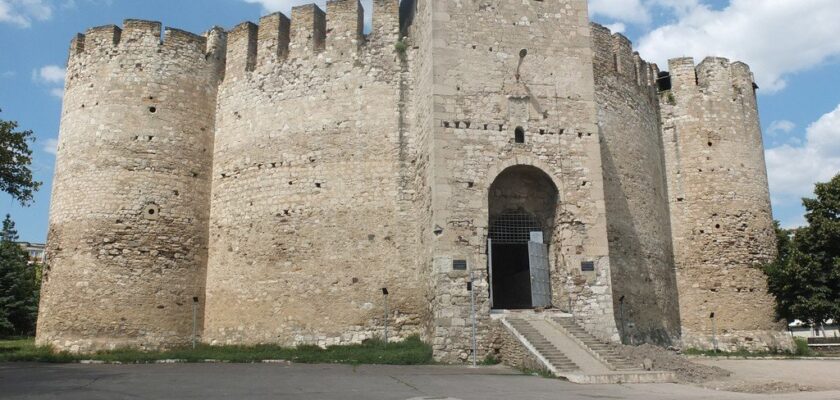Soroca Fortress
Soroca Fortress is a 15th century Moldavian fortress, located on the right bank of the Dniester River, in the town of Soroca, about 160 km north of Chisinau. In the Middle Ages it was part of the whole defense system of the Moldavian state, which consisted of 4 fortresses on the Dniester, 2 on the Danube and 3 in the north of the country. The great historical value of Soroca Fortress is that it has been preserved to our time as it was created by the masters of the Middle Ages. In addition to the fortress walls, the small military church located above the central entrance is also well preserved.
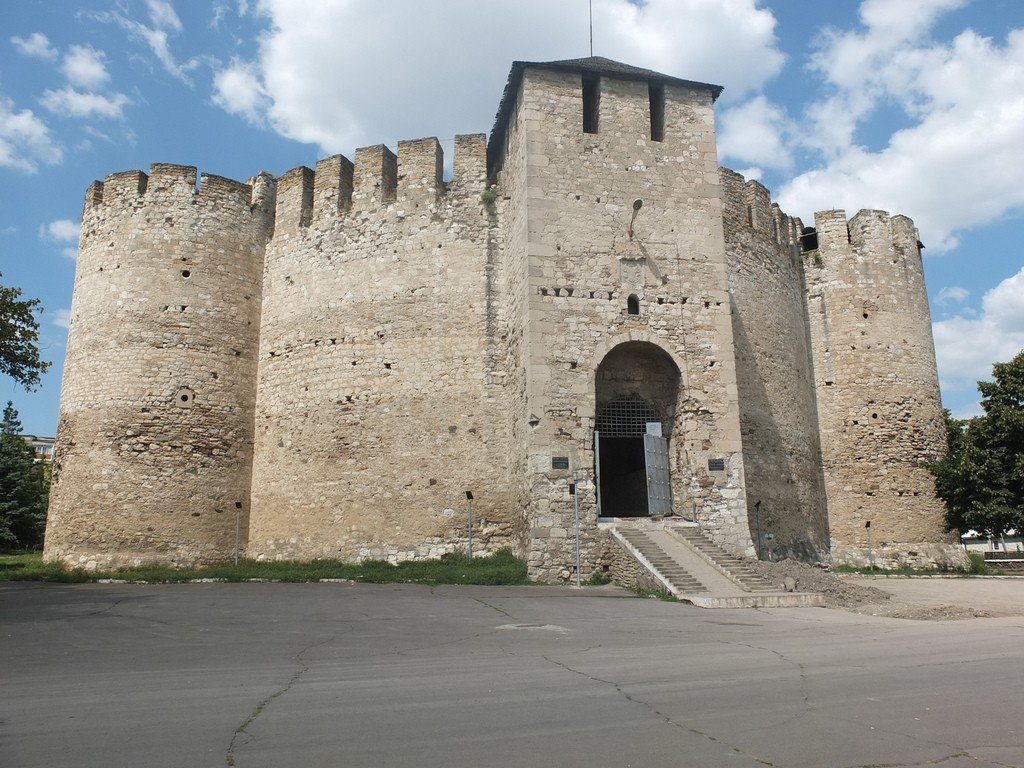
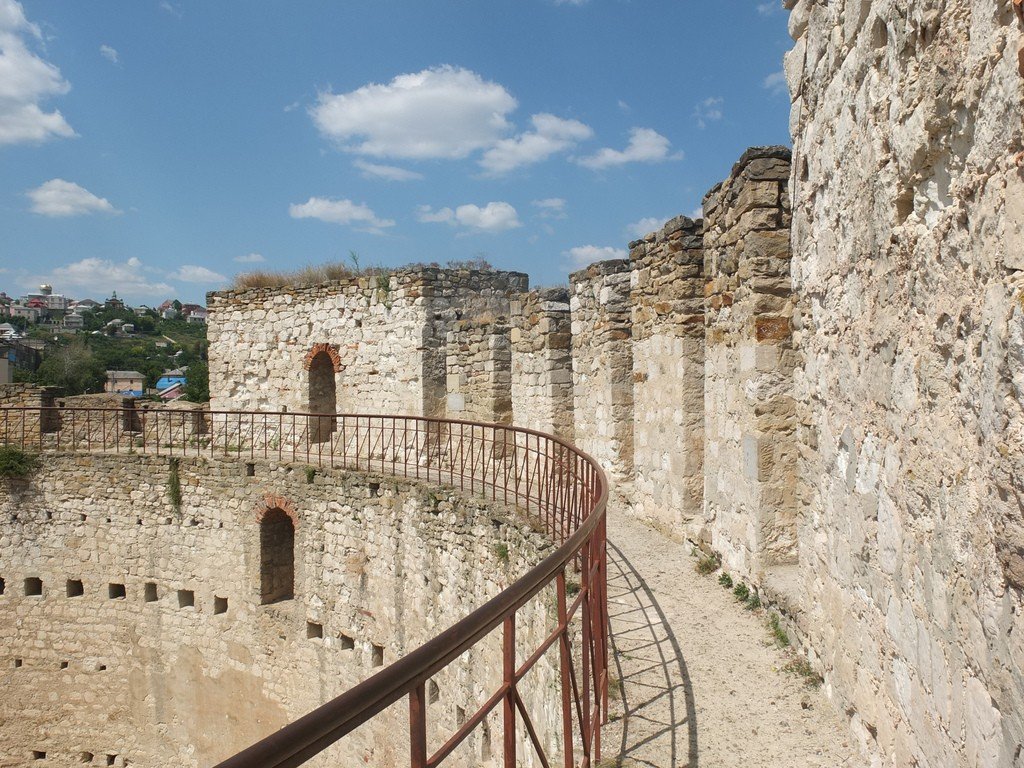
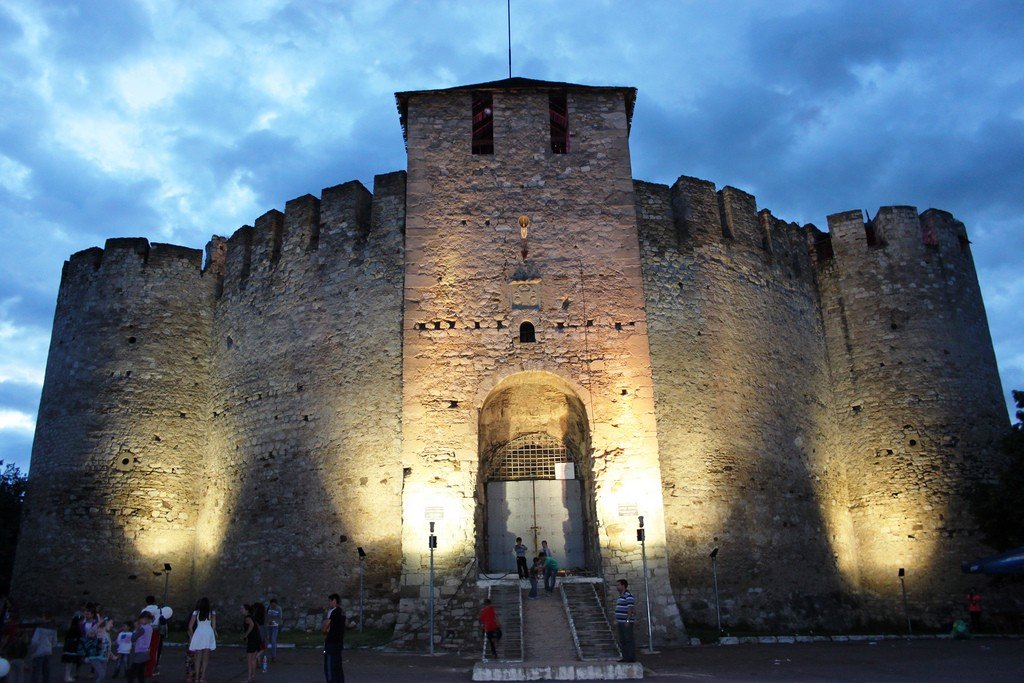
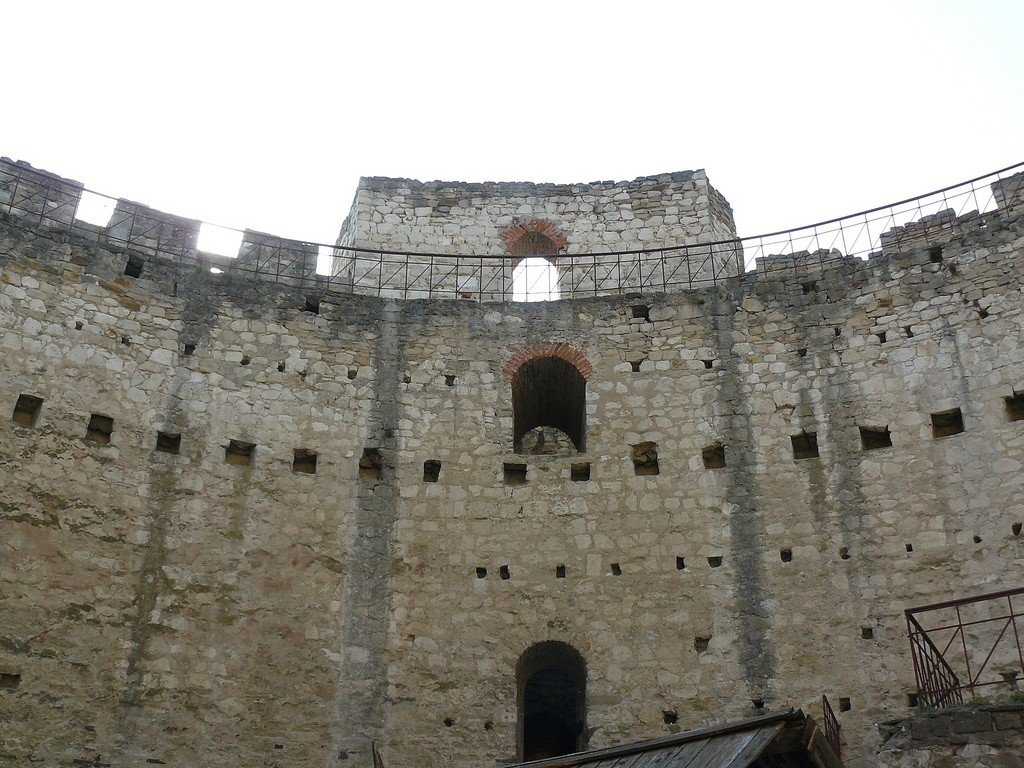
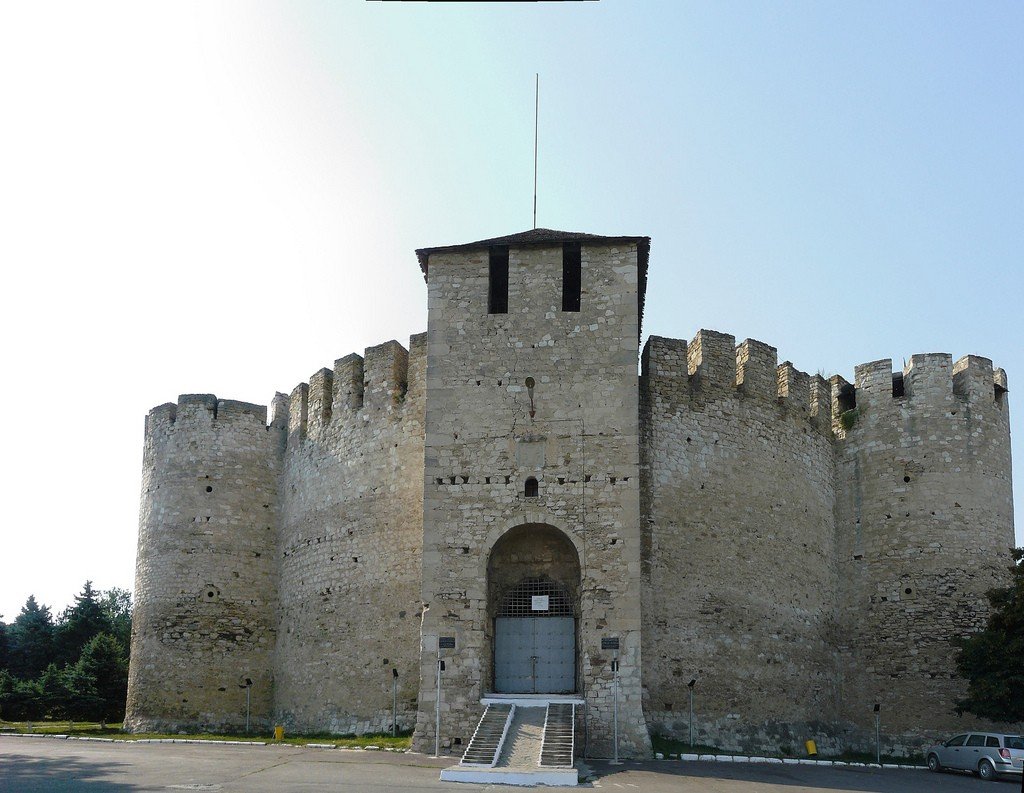
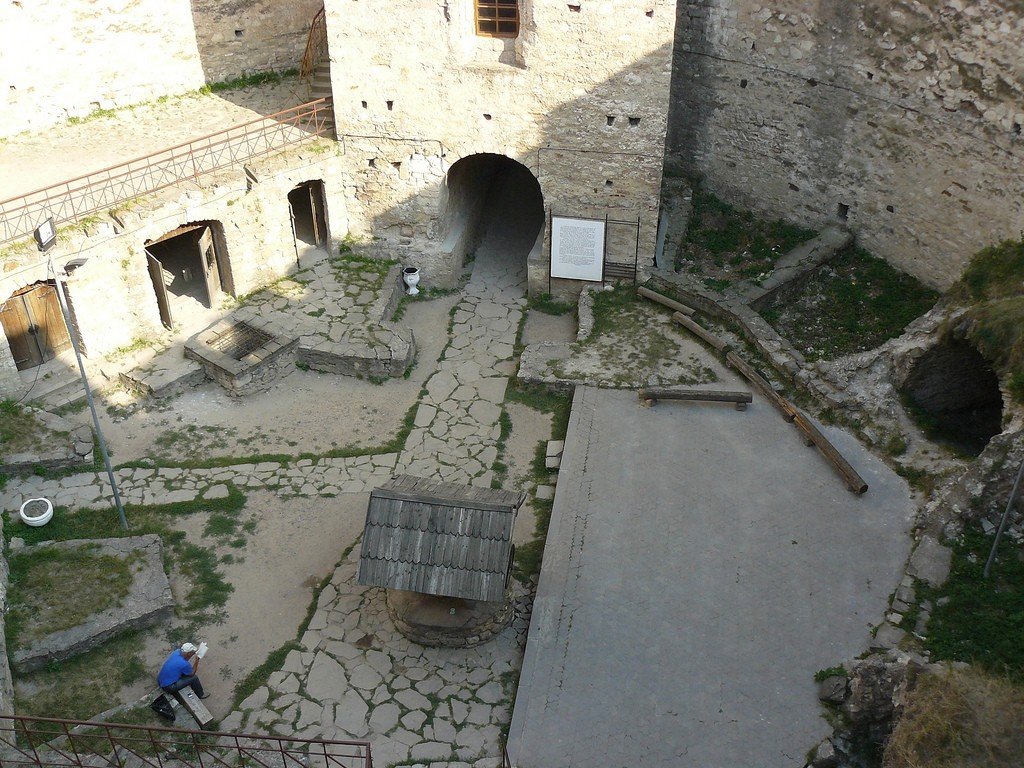
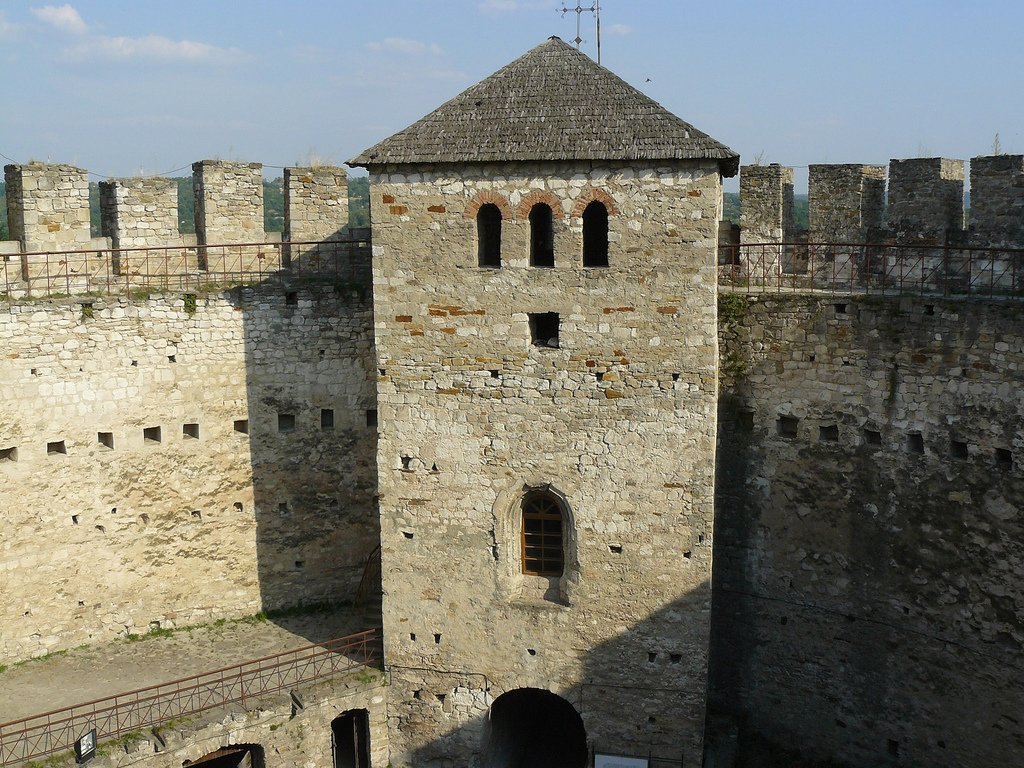
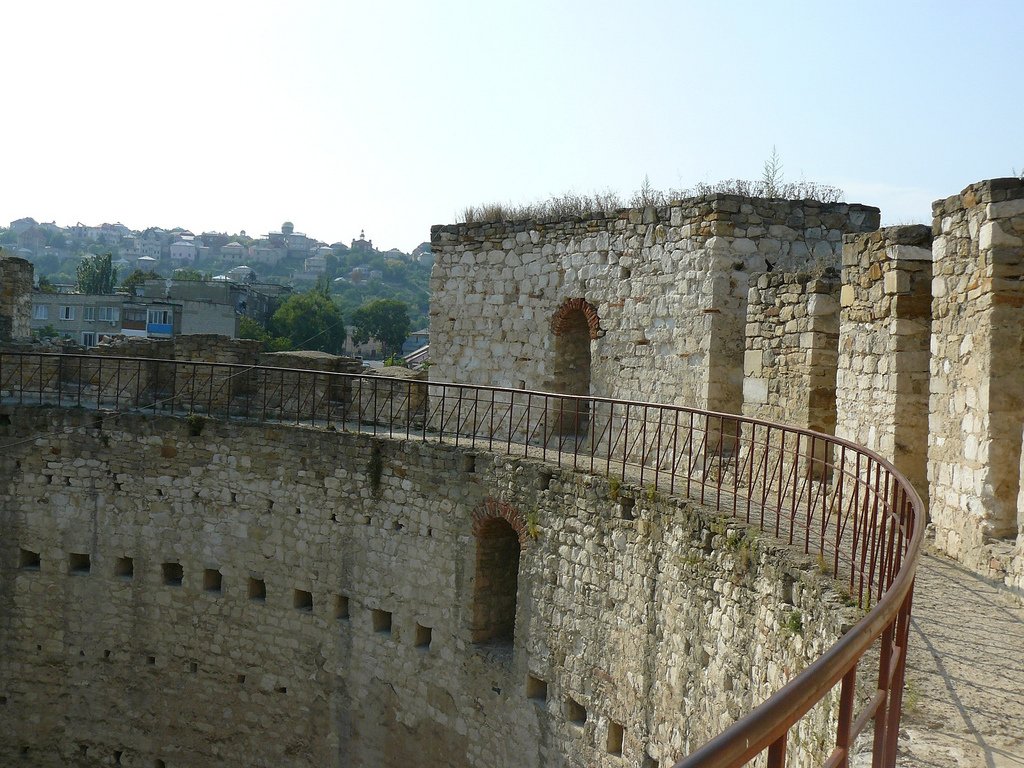
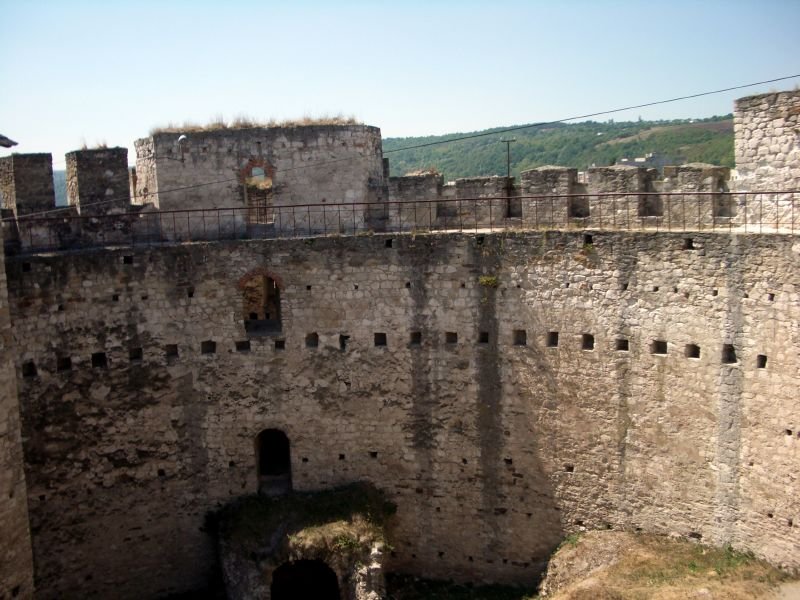
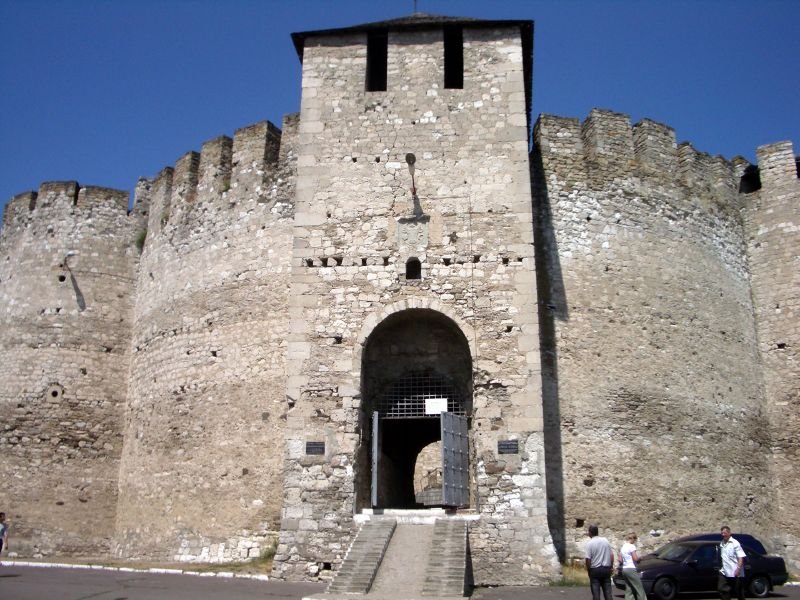
History
Soroka Fortress was built by Stephen the Great in the last quarter of the 15th century. So says the local tradition, which explains its name by the fact that the lord established “forty” (the term for the construction of the fortress). In 1499, Koste – the first pyrkelab of the fortress – is mentioned in a documentary. Fortress Soroca was built as a defensive fortification against the predatory Tatar hordes that were invading Moldova through the Nistru crossings. Soroca was not a large fortress with two rows of walls like Suceava, Cetatea Albă or Khotin, but only a small fortification, a castle to shelter the guards against the Tatars.
Some historians, including Dmitry Kantemir, Constantin Stamati, Zamfir Arbore and Nicolae Iorga, believe that the Soroka fortress was built on the site of the former Genoese factor Olhonia, where goods brought from Podolia were stored. As if Olhionia was a fortified settlement on the way from Cetatea Albă to Suceava. But at the moment there is no archaeological evidence to support this hypothesis.
.Archaeological research has found settlements around the city characteristic of the Cucuteni-Tripoli culture, Bronze Age, Early Iron Age and others, up to the Middle Ages, but traces of the ancient colony of Olhonia (ca. 500 BC. AD) have not been unidentified, nor have traces of the ancient Dacian fortress Sargus (also called Sargidava, Krahita or Krahidava), which some historians of past centuries believed to have been located in the area.
.At the end of the 17th century, during the stay of a garrison of 2,000 Polish soldiers in the fortress, a number of changes were made. Thirteen more rooms for storing gunpowder were added to the walls, and rooms for accommodation were added above them. The intervals between the prongs were closed and only openings for light rifles were left. Barracks were built outside the fortress for Polish soldiers, and the whole area was surrounded by an earthen rampart and moat.
.
Fortress Soroca, as the easternmost point of Moldovan defense, has been the scene of the most terrible invasions throughout its history. Here, at the foot of its walls, fierce battles were fought.
.
Architecture
The fortress has a rounded shape, the diameter of the courtyard is 30.5 meters. The five towers of the fortress – four round towers and one square tower above the entrance – are equidistant from each other. The walls of the fortress are 3.05 m thick, 21 m high, with openings at ground level, deepened into the plateau for another 7 m, down to the layer of hard rock. The upper part of the fortress, dominated by towers rising 4 m above the walls, has loopholes. The inner walls of the fortress are surrounded by three rows of wooden galleries supported by cantilevered beams, which were intended for the fortress defenders. The entrance to the fortress through the arch of the square tower on the Dniester side was closed by two massive gates preceded by a grille. There were two “traps” under the entrance in the basement. Above the entrance was the chapel of the fortress with access to the first gallery. The chapel had a portal in the form of a lancet arch with ornamentation in the Moldavian Gothic style. It was possible to enter the rooms of the towers from wooden galleries connected with each other by external staircases. Defensive armaments were stored on the sentry way near the battlements, partly in their thickness. A well was dug in the center of the fortress.
.The size and shape of the Soroca fortress is very important for understanding its origin and place in the defense system of medieval Moldova. This fortress is a contemporary of the best achievements of the Italian Renaissance, and it is similar to many fortresses of northern Italy (the similarity with the Caprarola Castle is especially noticeable), but there are enough elements that distinguish them. The small size of the fortress, with an internal diameter equal to 100 paces, allows the Fortress of Soroka to be placed among the remarkable achievements of European architecture, being a testament to the experience of its masters in the art of building.
.